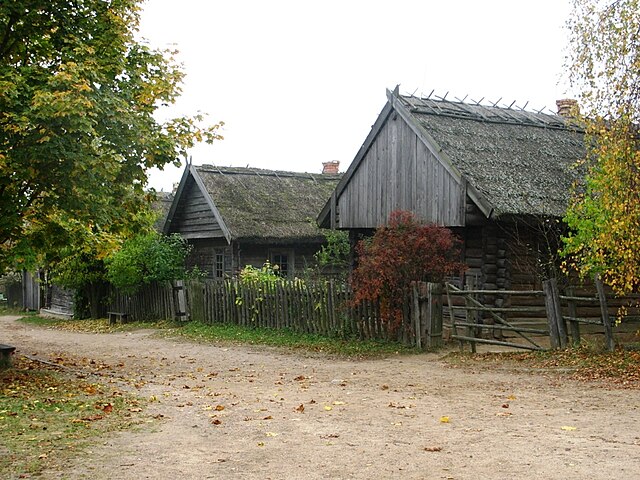A barangay, historically referred to as a barrio, is the smallest administrative division in the Philippines and is the native Filipino term for a village, district, or ward. In metropolitan areas, the term often refers to an inner city neighborhood, a suburb, a suburban neighborhood, or even a borough. The word barangay originated from balangay, a type of boat used by a group of Austronesian peoples when they migrated to the Philippines.
Information sign at the boundary of Barangay Socorro in Quezon City listing the barangay's officials
Maybo's barangay hall in Boac, Marinduque
A barangay hall in Sulop, Davao del Sur
Mariki's barangay hall in Zamboanga City
A village is a clustered human settlement or community, larger than a hamlet but smaller than a town, with a population typically ranging from a few hundred to a few thousand. Although villages are often located in rural areas, the term urban village is also applied to certain urban neighborhoods. Villages are normally permanent, with fixed dwellings; however, transient villages can occur. Further, the dwellings of a village are fairly close to one another, not scattered broadly over the landscape, as a dispersed settlement.
Winter in a village.
Lerd tourist village in Ardabil province, Iran
A village in Strochitsy, Belarus, 2008
An alpine village in the Lötschental Valley, Switzerland








